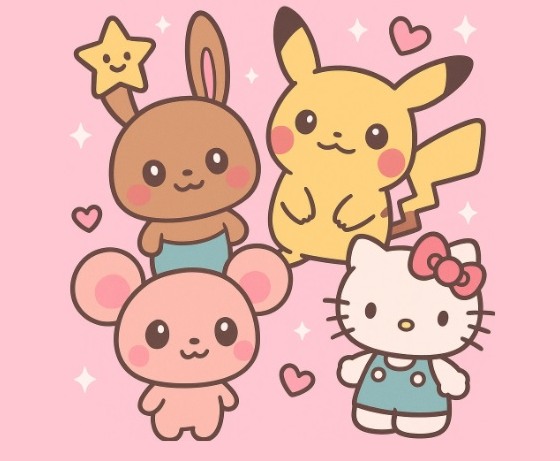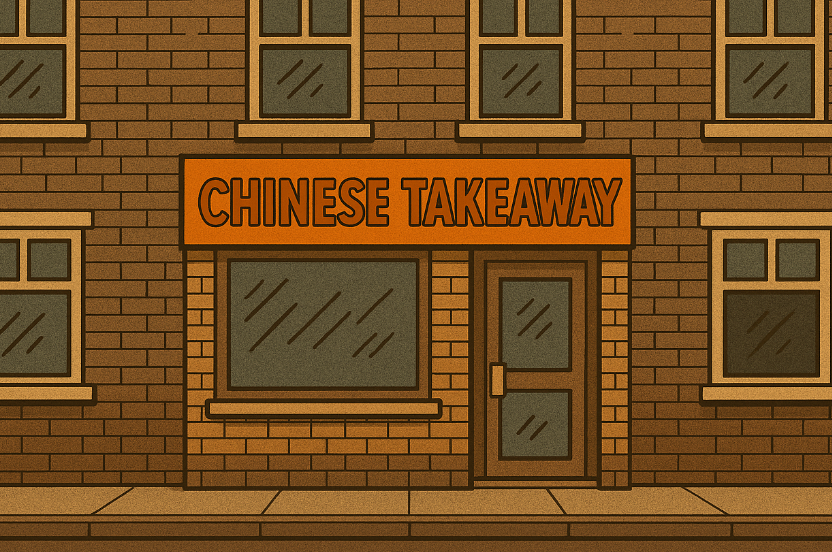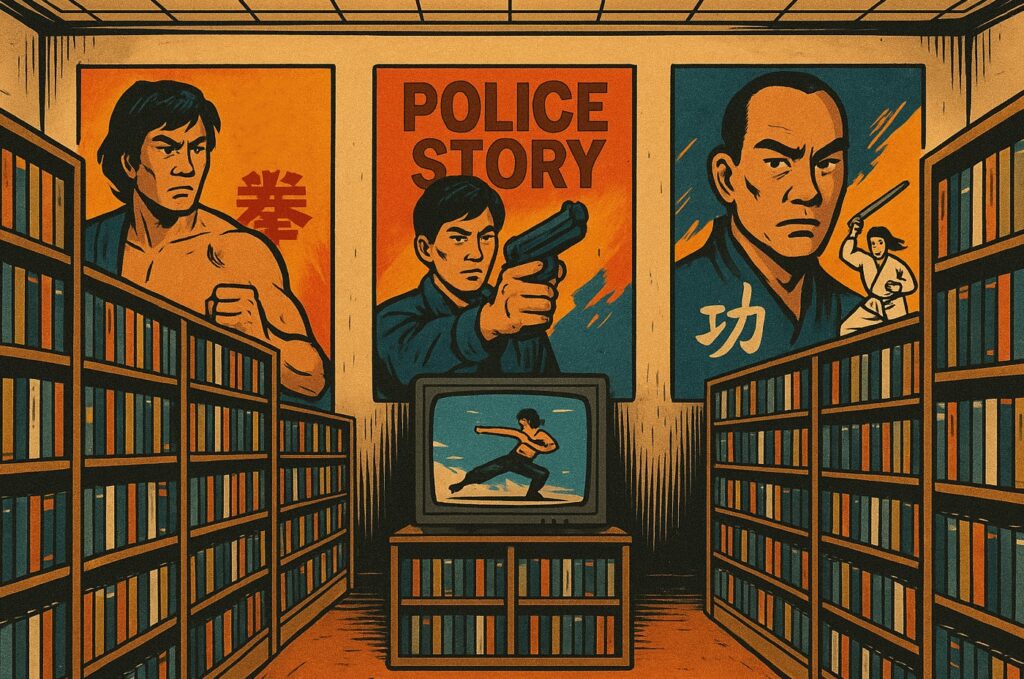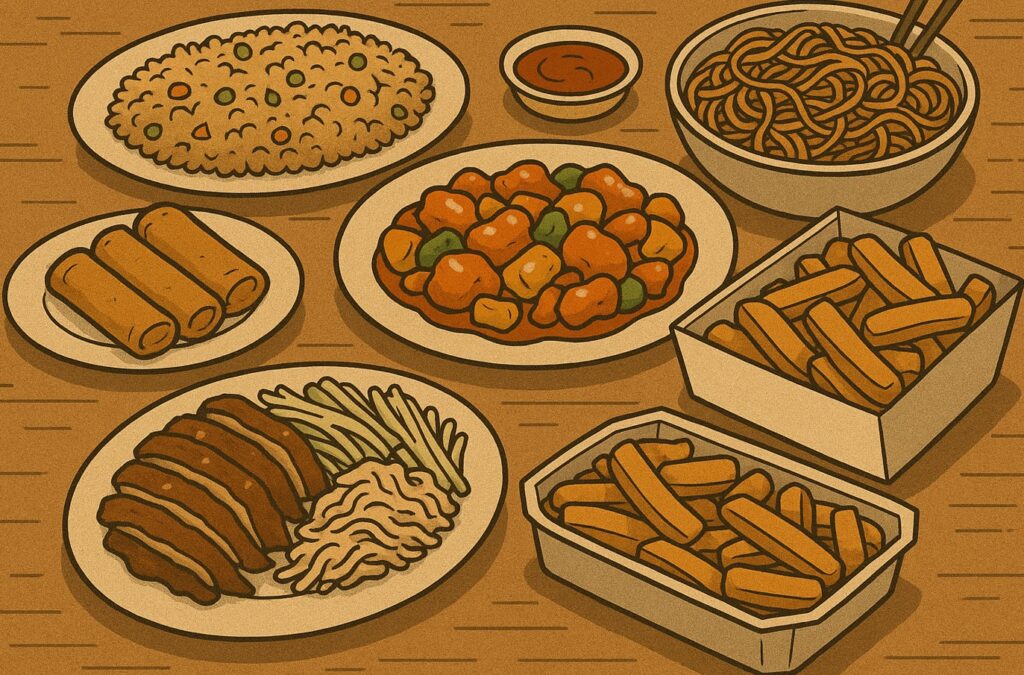
Labubu, with its wide eyes, cheeky grin, and slightly eerie charm, this collectible doll from China’s Pop Mart has become the latest obsession across Asia and increasingly, the world. Fans queue for hours for blind boxes, limited editions sell out in minutes and resellers flip them for extortionate prices. The popularity of the collectible toy has surged, thanks to Hollywood celebrities like Rihanna and Kim Kardashian embracing the trend.
The popularity of Labubu is part of a long story about Asia’s deep love for cute (kawaii (可愛い)) culture. From Hello Kitty in the 1970s to Pokémon, Sanrio, and now Labubu, being cute has become more than a passing trend. It’s a way of expressing softness, rebellion, and identity in societies often shaped by pressure and seriousness. And with characters like Labubu becoming popular in Western markets, cuteness is now a global phenomenon changing how it has impacted design aesthetics, popular subculture and consumer culture.
The Roots of Kawaii: From Japan to Asia
To understand why a quirky doll like Labubu can inspire such a craze, we need to rewind to where it all began: Japan in the post-war era. In the 1970s, a new youth culture started to bubble up. Japanese schoolgirls developed a playful handwriting style known as burikko-ji — round, bubbly letters dotted with hearts and smiley faces. Teachers disapproved, but the trend spread like wildfire. It was one of the first signs that young people were using cuteness as a subtle rebellion against the rigid seriousness of school and society.
It’s also worth noting that kawaii were highly inspired by early Western animation, especially Disney’s cartoons from the 1930s onwards, which had a huge influence on Japanese illustrators and toy designers. Characters like Mickey Mouse, Bambi, and Dumbo — with their oversized eyes, round faces, and innocent expressions — laid the visual groundwork for what we now recognise as “cute”. Japanese artists absorbed these stylistic cues, then pushed them further, exaggerating softness, simplicity, and childlike features. The result was something uniquely their own: kawaii as both a borrowed aesthetic and a distinctly Japanese cultural expression.
Hello Kitty, launched by Sanrio in 1974, became a relatable symbol of innocence and companionship with her simple design. This marked the expansion of “kawaii” (cuteness) beyond toys into music, anime and fashion in the 1980s and 90s. The concept of kawaii spread throughout East Asia, evolving into forms like Korea’s “aegyo” and China’s “meng,” celebrating cuteness in various expressions. Ultimately, cuteness transcended style, providing joy and playfulness in societies marked by competition and hierarchy, offering solace in daily life.
From Hello Kitty to Labubu: The Global Spread of Cuteness
By the 1990s and 2000s, it had branched into every corner of life — not only in stationery and toys, but also in fashion, music, cafés, and even technology. Characters like Pokémon and Digimon showed that cuteness could coexist with adventure and strength, broadening kawaii’s appeal beyond just girlish innocence.
At the same time, the rise of collectibles began to shape the culture. Designer toys like Bearbrick, Tokidoki, and Sonny Angel took the idea of cuteness and gave it a more stylish, art-inspired twist. These figures weren’t just for children — they were marketed to teenagers and adults too, blurring the line between toy and collectible. Owning one became a way to express personality and taste, a trend that continues strongly today.
Kawaii, originally a Japanese movement, has evolved into a global phenomenon, influencing aesthetics, consumer culture, and lifestyle choices worldwide. The aesthetic is evident in various contexts, from Sanrio cafés to luxury fashion collaborations, and it impacts digital culture through design elements like rounded app icons. Kawaii has also shaped Western pop culture, influencing character designs in shows like Powerpuff Girls and Steven Universe. Even in gaming, franchises like Animal Crossing or even the rounded avatars of Fall Guys channel the kawaii ethos. Its presence is felt in pastel stationery, whimsical cafés, and online creators’ works.
Why the Obsession? (Cultural & Psychological Factors)
So why do people — from schoolkids in Tokyo to young professionals in London — feel such a pull towards kawaii culture and characters like Labubu? The answer lies somewhere between psychology, culture, and community.
Adolescence, Femininity, and Empowerment
From its very beginnings, kawaii has been closely linked to femininity and the world of adolescence. The “cute handwriting” trend of 1970s Japanese schoolgirls was not just about aesthetics, it symbolised a way of claiming space and identity in a male-dominated society. By embracing soft, rounded, childlike styles, young women crafted a mode of self-expression that challenged societal expectations of seriousness, restraint, and maturity.
Research on kawaii and creation of femininity by Natalia Konstantinovskaia (2020) reveals its dual nature, showing how kawaii aesthetics in Japanese beauty advertisements often reinforce traditional ideals of submissive, powerless femininity, while at times blending in post-feminist messages of empowerment.Some argued that kawaii can also be understood as an aesthetics of vulnerability, one that allows young women to embrace emotional expression and resist rigid social expectations. Together, these perspectives highlight how kawaii simultaneously reproduces and disrupts conventional notions of femininity.
Escapism and stress relief
Life in East Asian societies is often associated with academic competition, long working hours, and social pressure. In that context, kawaii offers a small but powerful antidote: a plushie, a pastel keychain, or a collectible figure that softens the sharp edges of daily life. Even for Asian diaspora communities abroad, these objects provide a comforting reminder of home and a gentle way to push back against the demands of adulthood.
In Shiri Lieber-Milo’s 2022 study based on a large survey of Japanese consumers, found that kawaii objects often serve as a form of emotional comfort and stress relief. For working women, surrounding themselves with cute accessories or characters offered a way of softening the pressures of adult life, reconnecting them with the safety of childhood nostalgia. Younger women, meanwhile, tended to treat kawaii more as a fashion statement; a playful way of signalling identity and belonging. This dual function shows how kawaii consumption is not just about surface aesthetics, but about managing emotions and coping with the challenges of modern living.
All of these factors together explain why kawaii has such staying power. It isn’t just about liking something cute but it’s also about finding comfort, identity, and connection in a form that feels lighthearted but deeply meaningful.
Conclusion
The cultural phenomenon of Kawaii, which originated in post-war Japan, has evolved into a global trend and a multi-billion-dollar industry. Initially, Kawaii emerged as a playful response to the rigidity and hierarchy prevalent in Japanese society. However, this aesthetic that once symbolized rebellion and innocence has now been commodified and carefully engineered into products designed for endless collection, trade, and consumption.
The appeal of Kawaii lies in its ability to offer escapism, nostalgia, and a way to soften the harsh realities of modern life. Yet, beneath the pastel-coloured surface, a more complex narrative unfolds. The business model of Kawaii thrives on scarcity and repetition, capitalizing on the fans’ affection for the characters. What was once a cultural language has, in many ways, been harnessed as a powerful marketing tool, transforming cuteness into a commercial commodity.
However, the notion of “kawaii” has not been rendered meaningless. Its enduring appeal serves as a testament to its deep resonance with human emotion, particularly in a world increasingly defined by stress and uncertainty. In the end, kawaii culture reflects a paradox of our times. It represents joy, playfulness, and the freedom to embrace softness — but also the way consumerism can package even our most tender desires into products. The true appreciation may lie in the ability to preserve the original spirit of kawaii – as a medium for creativity and comfort – without allowing it to be entirely consumed by the forces of consumerism.


